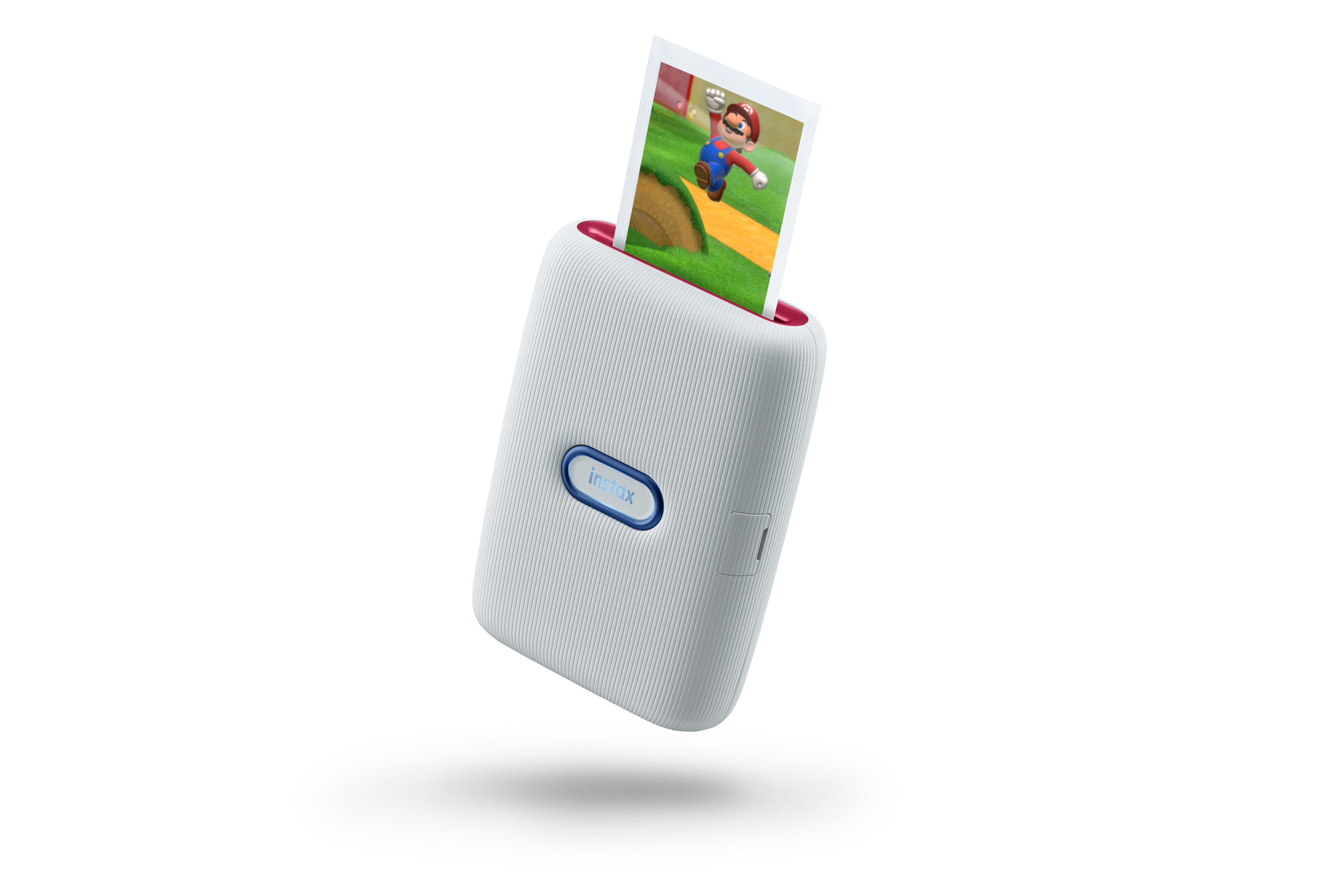

If you’re keen to get involved with instant photography, the biggest go-to brand at the moment is probably Fujifilm Instax (you can find out more by reading our best instant camera guide).
The company has a broad range of different cameras and printers that you can use to try out this quick, fun and simple method of analogue photography. It allows you to create real, tangible prints that you can hold in your hand without the fuss or special knowledge that developing other types of film would entail.
When it comes to Fujifilm Instax film types though, with different sizes available it can be easy to be a little confused, especially when you’re completely new to the format. With our explainer, however, you’ll have the different sizes sussed in next to no time.
Instax Film Sizes: what’s the difference?
There are three sizes of Instax film; Mini, Square and Wide. Mini and Square are the most popular, and are both available in a variety of designs and styles. There’s also a larger number of compatible cameras and printers for Instax Mini and Instax Square film.
Instax Mini film has an image area of 62 x 46mm, with an overall frame size of 85 x 54mm. It’s designed to fit neatly into your wallet or purse, being about the same size as a typical business card. The small and fun format is what kickstarted the Instax brand, and it’s what the vast majority of Instax cameras use.
Available in both colour and monochrome options, there’s a huge diversity in frame choices for Instax mini film. There are lots of different colours and fun frames to choose from, including the recently introduced “contact sheet” frame design, which emulates the look of - you’ve guessed it - old fashioned contact sheets.

Instax Square film has an image area of 62 x 62mm, with an overall frame size of 85 x 72mm. It’s a good choice for those who want a more traditional type of instant print, as it’s reminiscent of the original Polaroid shape. This is also available in both colour and monochrome, as well as a wide variety of border styles and colours.
Get all the latest news, reviews, deals and buying guides on gorgeous tech, home and active products from the T3 experts
Finally, you have Instax Wide, which is a lot more limited. It’s twice as wide as Instax Mini, with an image area of 62 x 99mm, and a total frame size of 86 x 108mm. It is available in colour and monochrome, but there is only white frames to choose from. This is perhaps not wholly surprising as there is currently one camera using the Instax Wide format, so it’s a lot less popular.
Which Instax cameras and printers use which Instax films?
It’s easy to figure out which Instax format your Instax camera or printer uses, since the format will always be mentioned in the product name, such as Instax Mini Link, Instax Mini LiPlay, Instax Square SQ1 and so on.
As already mentioned, Instax Mini is the most ubiquitous type of film. It’s available for a number of different products, including purely analogue cameras, digital/analogue hybrids and printers.
Sitting in the digital/analogue hybrid line-up is the Instax Mini Liplay, which allows you to frame your shots and preview them on screen before printing them out onto Instax Mini Format. For those who are more interested in an analogue experience, there’s a range of options to choose from including the Instax Mini 90, the Instax Mini 11 and the most recently announced, Instax Mini 40. With these cameras, you don’t get to preview what is printed out, so it’s a more traditional experience.
If you like the Instax format and look, but want to simply print out your existing photographs, such as those from your phone, the Instax Mini Link is a Bluetooth enabled printer which allows you to create such prints, as well as add fun borders and illustrations to your shots.
Instax Square has proven to be a popular format over the years, but at the moment there are only a couple of current models using the size.

You have the Instax Square SQ20, which is another analogue/digital hybrid which allows you to frame up your shots and see what you’re getting before you choose to print them. There’s also the much newer Instax Square SQ1, which is a pure analogue device. You might find older models, such as the Instax Square SQ6 also available for sale in various locations.
Again, there is also a printing option for the Square format with the Share SP-3 allowing you to create square prints by connecting to your smartphone.
Finally, the Instax Wide format is only compatible with one current model, the Instax Wide 300. There aren’t any Instax Wide format printers available.
Which Instax film is the cheapest?
It likely comes as no surprise that Instax Mini film, being the smallest, is the cheapest of the three formats. That said, there’s not an awful lot in it, with prices showing the most variation when it comes to how much you want different coloured borders and so on.
If you’re happy to stick with the basics, then a 20 pack of Instax Mini film, with a white border, will set you back around £14.99. That gives you a per shot price of around 75p. Meanwhile, Instax Square and Instax Wide will cost around £16.99 for a 20 pack, for a per shot price of around 85p. Whichever format you choose, it’s wise to be fairly careful, or considerate, with exactly what you choose to photograph or print out since the costs can soon mount up.
Liked this?
Amy Davies is a freelance journalist that covers cameras for T3 and many other sites. She is also Features Editor at Amateur Photographer magazine and, when she's not writing about cameras, she's probably taking pictures of her cute dog.
